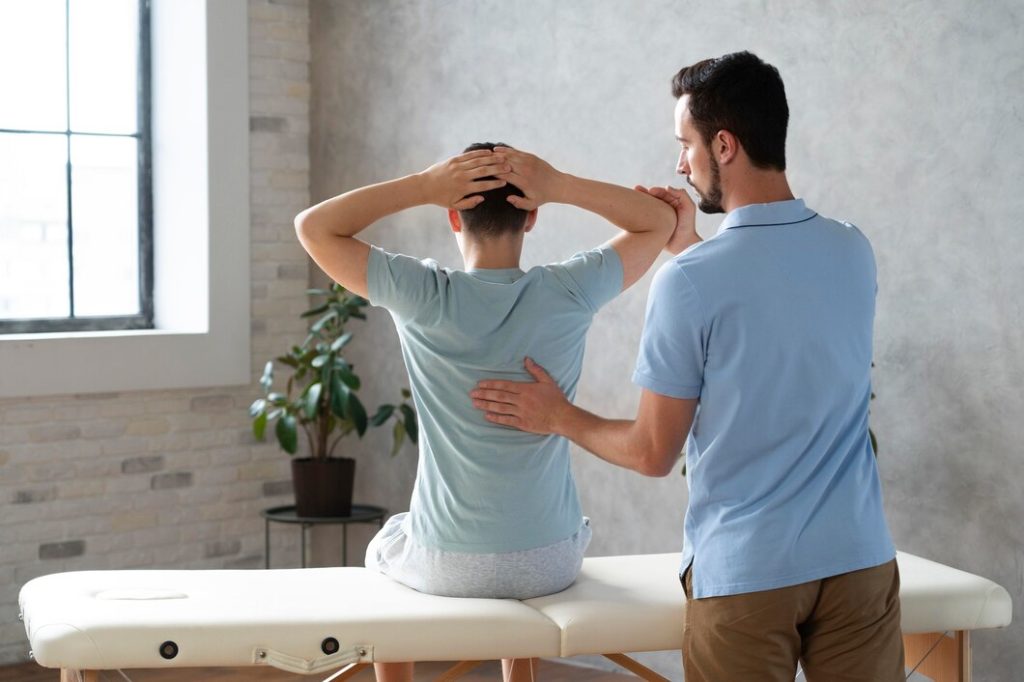
Looking to enhance your posture and well-being? At Prodigy Chiro Care, serving Los Angeles across 4 convenient locations, we understand the importance of proper body alignment.
Maintaining good posture can be beneficial for overall health.
Consulting a qualified healthcare professional is crucial for assessing your posture and developing a personalized approach for improvement.
We offer various services to potentially address posture concerns.
Don’t hesitate to take steps towards a healthier you. Contact Prodigy Chiro Care in Santa Monica or any of our Los Angeles locations to explore how we can potentially help you improve your posture and well-being.
